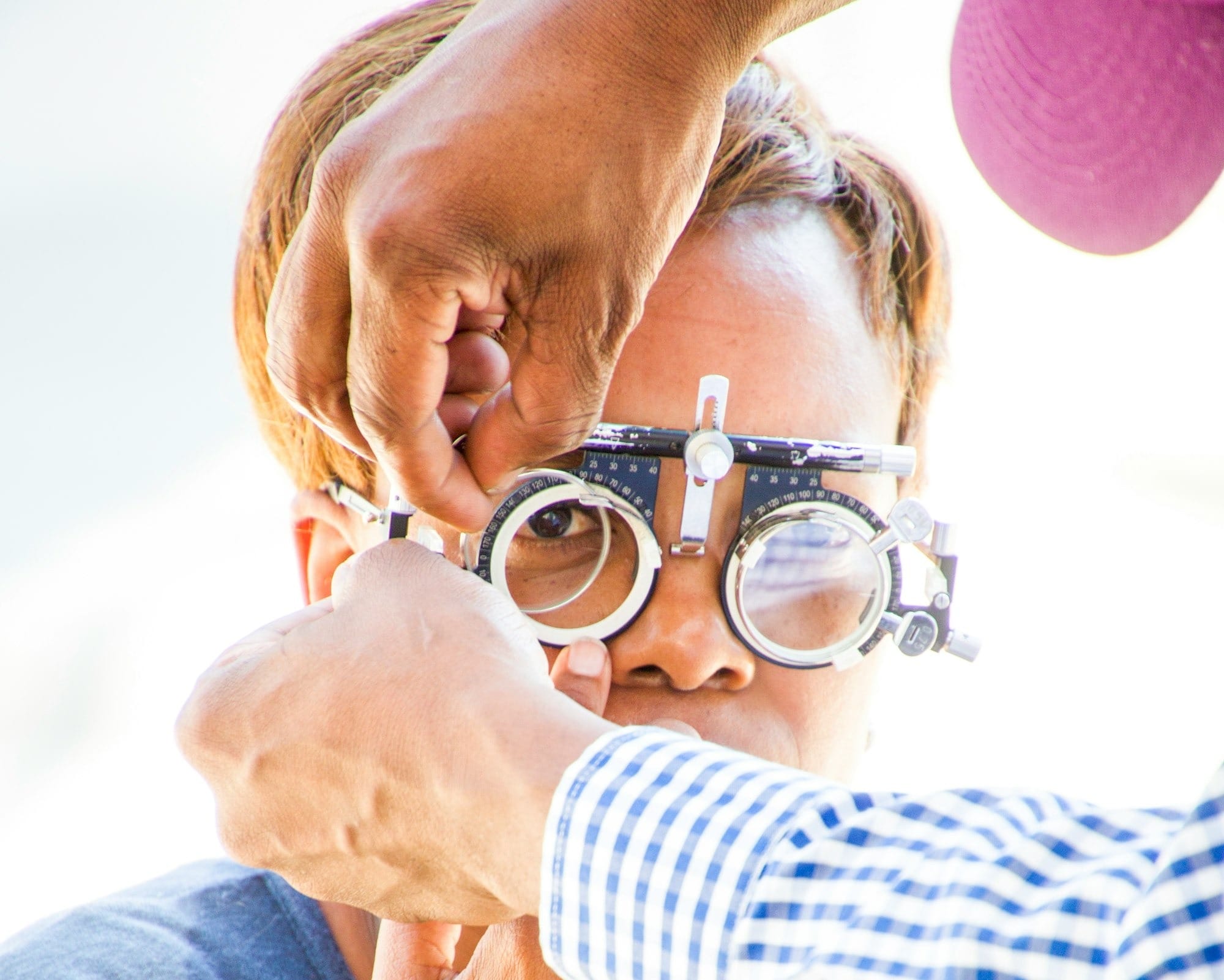This autoimmune disorder often accompanies Graves' disease, exacerbating eye discomfort and swelling. Left untreated, it can significantly impact vision and quality of life.
Recognizing the Signs of Thyroid Eye Disease
Thyroid Eye Disease (TED) can reveal itself through a variety of symptoms that affect not just your vision but also the overall appearance of your eyes. One of the most noticeable signs is the protrusion or bulging of the eyes, a condition known as proptosis. This symptom can be unsettling and is often accompanied by redness and swelling around the eyes. Individuals may also experience a gritty or sandy sensation, making it uncomfortable to keep the eyes open for extended periods. Furthermore, puffiness or swelling around the eyelids may become evident, contributing to overall facial discomfort.
In addition to these external symptoms, TED can compromise your vision in several ways. Light sensitivity is a common complaint, making it difficult to be in brightly lit environments. Blurred or double vision can disrupt daily activities, from reading to driving, creating challenges that impact your quality of life. In severe cases, untreated TED may even lead to vision loss, stressing the importance of timely medical intervention. Spotting these signs early can pave the way for more effective treatment and management of the condition.

The Connection Between Thyroid Issues and Eye Health
Thyroid Eye Disease (TED), commonly associated with Graves' disease, primarily impacts the muscles and tissues around your eyes. This happens when your immune system mistakenly attacks these areas, leading to inflammation and swelling. Typically associated with an overactive thyroid (hyperthyroidism), TED can nonetheless occur even when thyroid hormone levels are normal. The ocular symptoms can range from mild irritation and dryness to severe cases where vision is compromised due to pressure on the optic nerve.
Notably, smoking is a significant risk factor for developing Thyroid Eye Disease, as it exacerbates inflammation and the immune response. Those with a family history of thyroid disorders or other autoimmune conditions are also at increased risk. Understanding this connection helps in early diagnosis and management, underscoring the importance of comprehensive thyroid and eye health monitoring. Regular check-ups and cautious observation of symptoms can lead to timely interventions, mitigating the severity of the condition.
Medical Treatments and Interventions
When it comes to treating Thyroid Eye Disease (TED), the approach often tailored to the severity of symptoms. For mild cases, treatment may include over-the-counter lubricating eye drops to relieve dryness and irritation, and sunglasses to reduce light sensitivity. In more pronounced cases, doctors may prescribe corticosteroids to reduce inflammation, or advise radiation therapy to help shrink swollen muscles around the eyes. Keeping your head elevated while sleeping can also help minimize eye puffiness, and some patients find relief with specialized eye exercises designed to maintain muscle flexibility.
For those with severe TED, surgical interventions may be necessary. Orbital decompression surgery is one option, where surgeons remove part of the bone surrounding the eye to create more space, thereby relieving pressure and improving eye alignment. Another procedure, eyelid surgery, can correct retracted eyelids that expose more of the eye surface. Strabismus surgery may help those suffering from double vision by adjusting the muscles of the eyes to improve alignment. It’s crucial to work closely with an ophthalmologist who specializes in this condition to determine the best treatment plan for your specific needs. Such expertise can significantly impact both the course of the disease and your overall quality of life.

